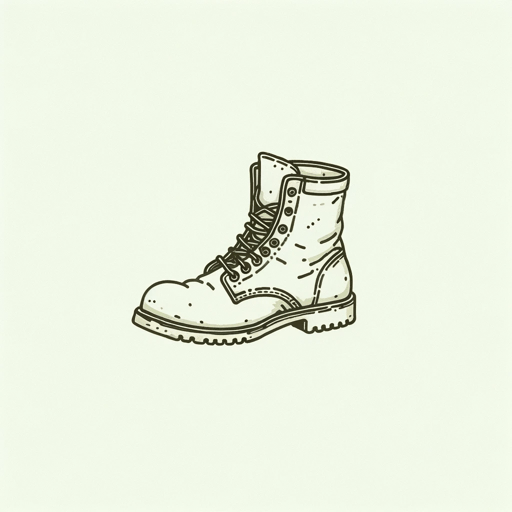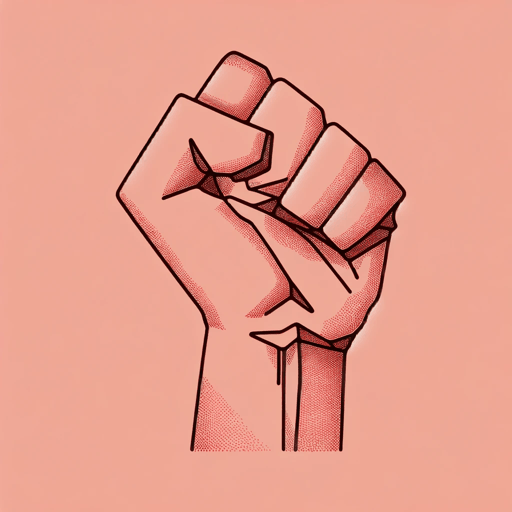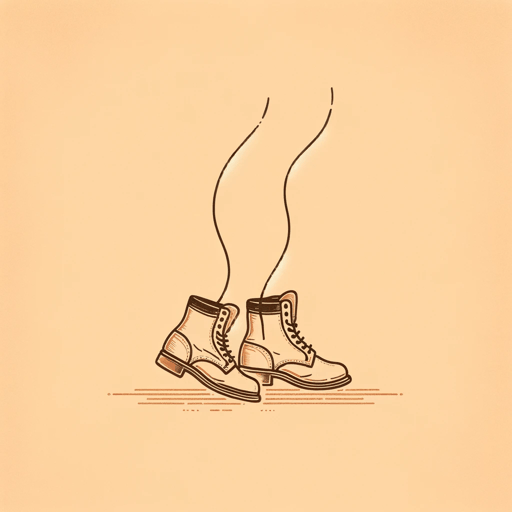18 pages • 36 minutes read
Philip LevineWhat Work Is
Fiction | Poem | Adult | Published in 1991A modern alternative to SparkNotes and CliffsNotes, SuperSummary offers high-quality Study Guides with detailed chapter summaries and analysis of major themes, characters, and more.
Symbols & Motifs
Waiting in Line
“What Work Is” defines work as a group “stand[ing] in the rain in a long line” (Line 1), where the line in question functions both literally and symbolically. Part of the working-class labor Levine describes is, certainly, waiting in long employment lines for any kind of work just to put food on the table. However, the employment line also functions as a symbol in the poem for the oppression inherent in capitalism against members of lower economic classes.
The line appears throughout the poem, from its first lines on. When the poem first departs from the image of the line in its early lines, the speaker asserts “Forget you [e.g. the reader]” (Line 6), instead declaring “This is about waiting, / shifting from one foot to another” (Lines 6-7). In a similar way, the poem emphasizes the physical dimensions of the line in the phrase “somewhere ahead / a man is waiting who will say, ‘No’” (Lines 19-20). Here, the long distance between the aspiring working and the hiring manager symbolically highlights the huge division erected by class distinctions.
When the “you”/speaker in the poem is overwhelmed by his “love for [his] brother” (Line 24), the poem purposefully expresses this as him “now suddenly […] hardly [able to] stand” (Line 23).
Related Titles
By Philip Levine



